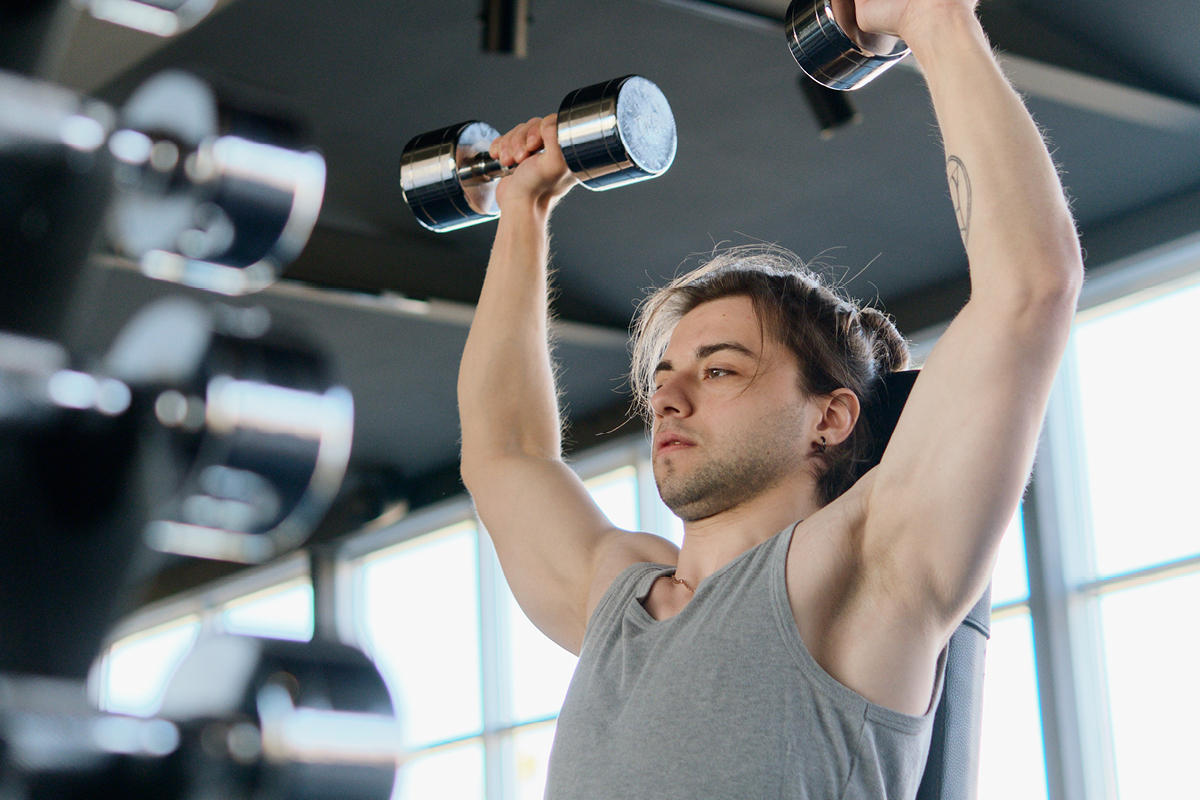Water, Water Everywhere
25 Sep 2020
22 Oct 2020

If you’ve experienced a bad injury or acute trauma, you will know how frustrating it can be to not be able to train. This is especially true when training for any type of competition or event. Habit Health can help you get back on track and support you every step of the way, including diagnosis, a management plan and general conditioning during your recovery. We are here to help you live your best life.
Naturally, it is important after acute trauma to get an accurate diagnosis and management plan for your injury from a healthcare professional. Habit Health physiotherapists can help in making a diagnosis and advise on the most appropriate treatment plan and time frames to recover from a musculoskeletal injury.
In the first few days after an acute injury, the body will go through the first stage of healing, the inflammatory phase. If you’ve had an acute sprain or strain in the past, you might remember that the first 3-4 days are usually the worst in terms of pain, stiffness and swelling. To protect the injured tissue from further damage and avoid any subsequent bleeding, the advice is to avoid ‘HARM’ for 72 hours after any acute soft tissue trauma.
The acronym HARM stands for:
It is important to avoid all of the above because they can lead to vasodilation, a widening of the blood vessels, and therefore increase the risk of bleeding in the injured site.
To reduce bleeding, swelling and pain, management after injury should also focus on practising PRICE which stands for:

Once you have received a diagnosis and management plan for your acute injury from a physio or GP, including avoiding HARM and practising PRICE, adjust your training programme for the period of your recovery. It will most likely look quite different from the usual, but this doesn’t mean you can’t still work on your fitness and conditioning goals.
Seek advice from a Habit Health Physio and Personal Trainer to help with a training plan that will work for you and your goals.
When I see a client in the clinic with an acute injury, I often hear that they think they have to stay away from training altogether until their injury is fully healed and recovered. Fortunately, most of the time this does not have to be the case. There is a multitude of options for keeping up with your fitness and training goals even if you have to rest and protect an injury.
General training ideas for a lower limb injury (ankle, hip or knee):
General training ideas for upper limb injuries (shoulder, elbow, wrist and hand):
Keeping up with your usual routines, regularly going to the gym, or substituting sport-specific training with conditioning sessions in the gym or at home will make it that much easier to return to full training once your injury has healed.
Did you know that you can book directly with a Habit Health physiotherapist? No referral is needed.
We also provide ACC funded consultations. Book a physio today.